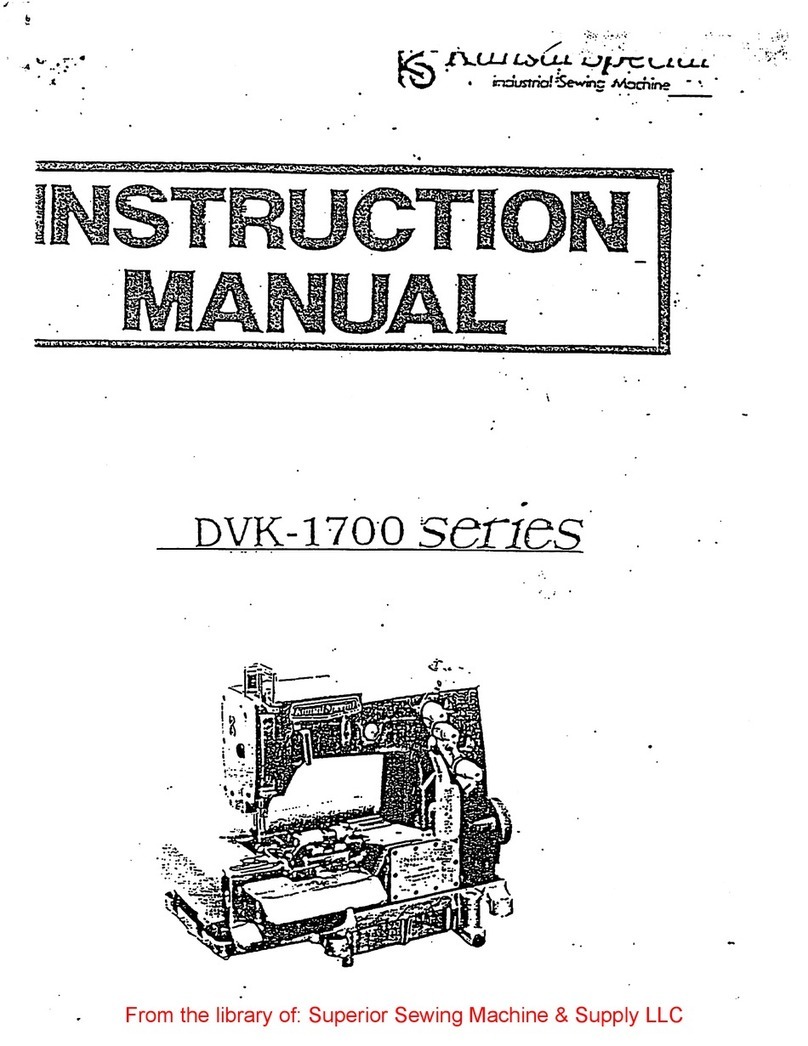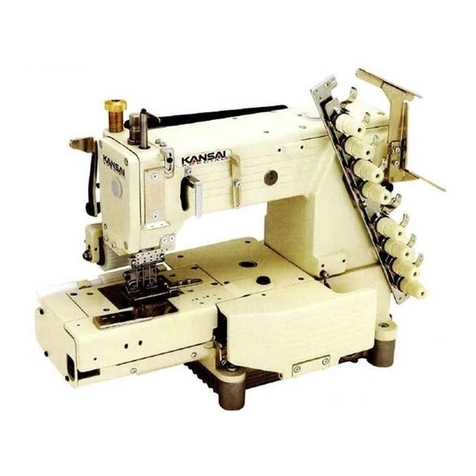kansai R9000 User manual
Other kansai Sewing Machine manuals
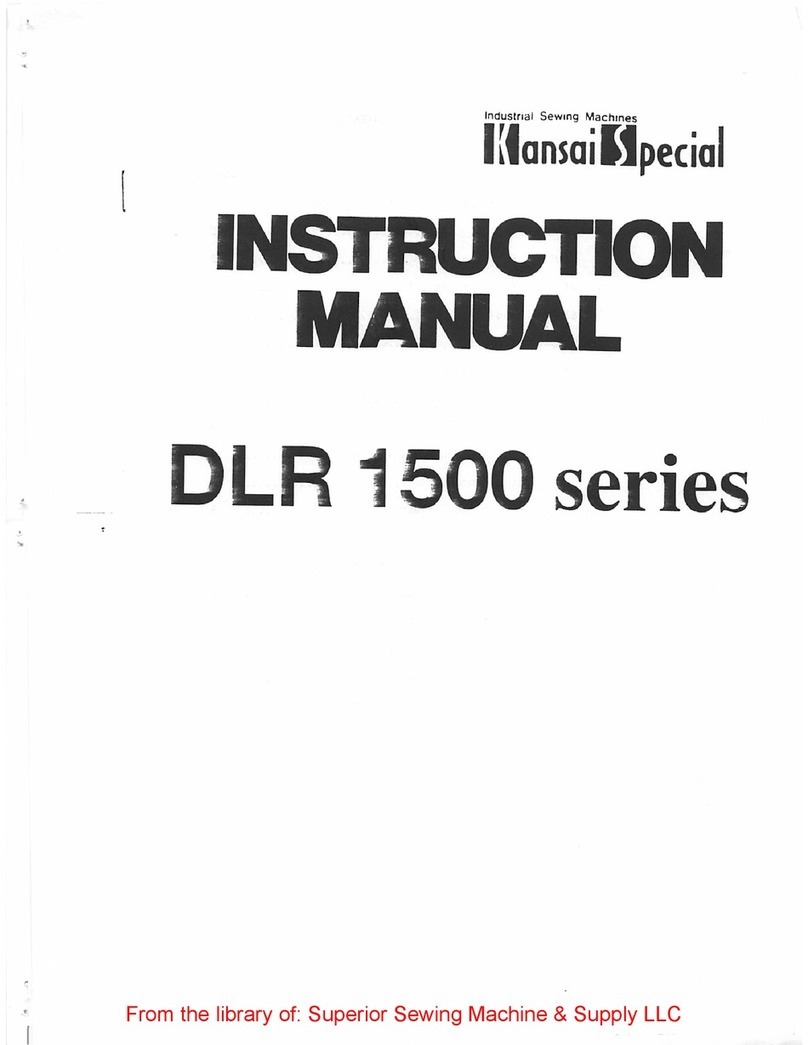
kansai
kansai dlr 1500 series User manual

kansai
kansai MAC100 User manual
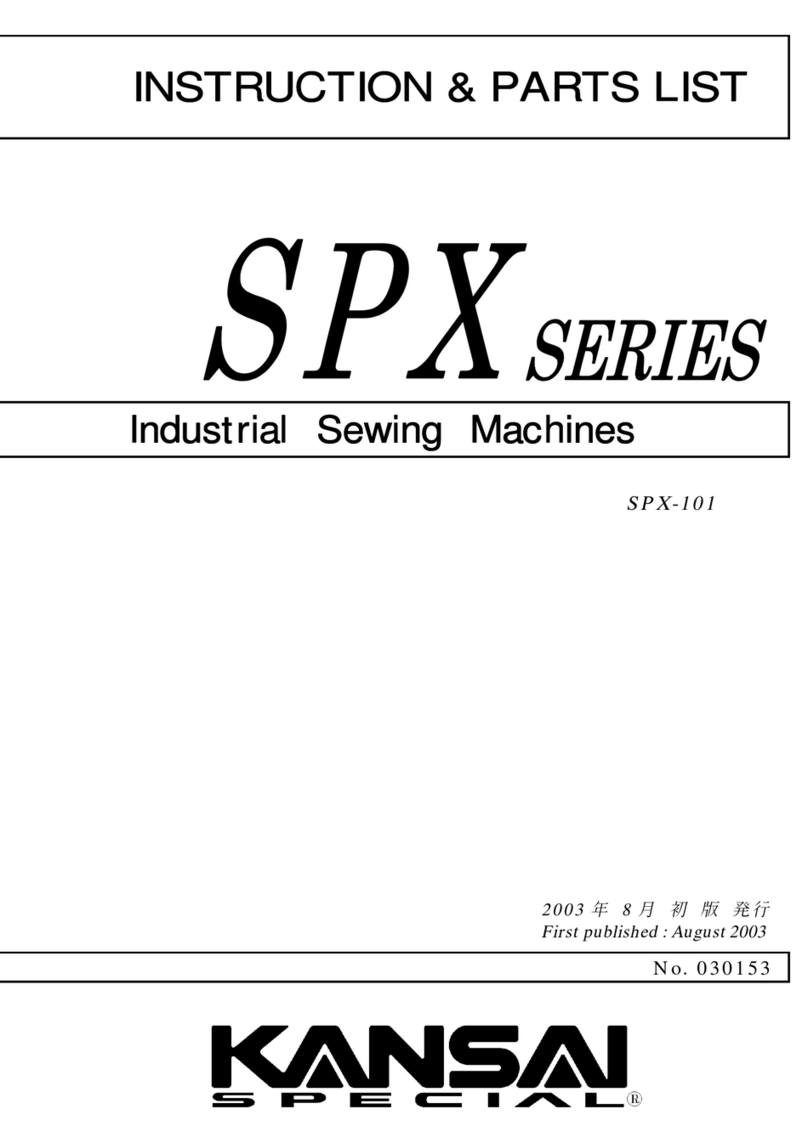
kansai
kansai SPX Series Datasheet

kansai
kansai FX SERIES User manual

kansai
kansai A-1001 Operating and maintenance manual
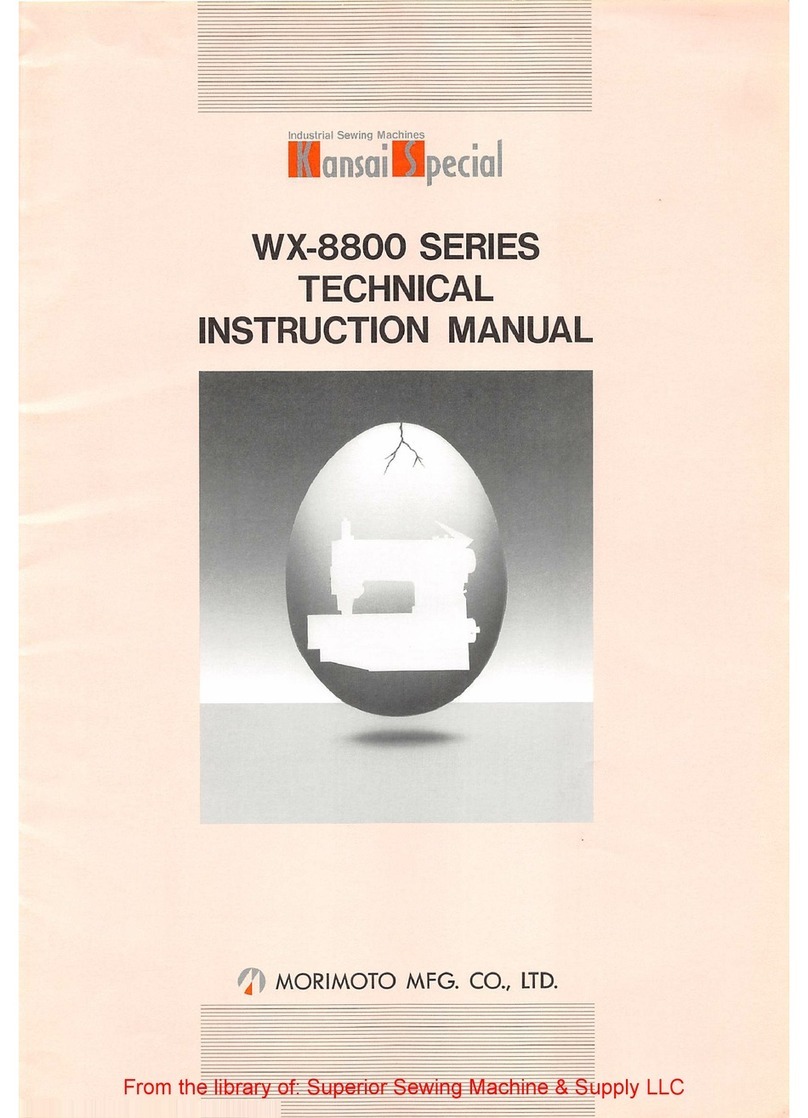
kansai
kansai wx-8800 series Owner's manual

kansai
kansai wx-8800 series User manual
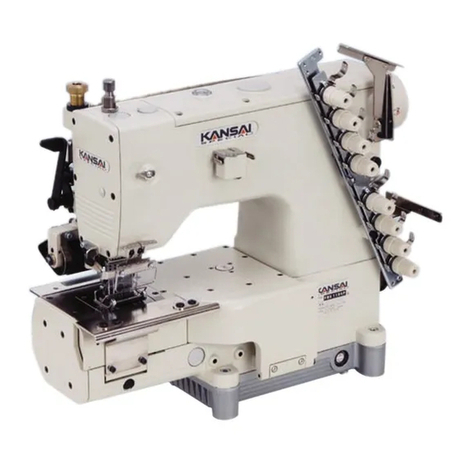
kansai
kansai FBX Series User manual
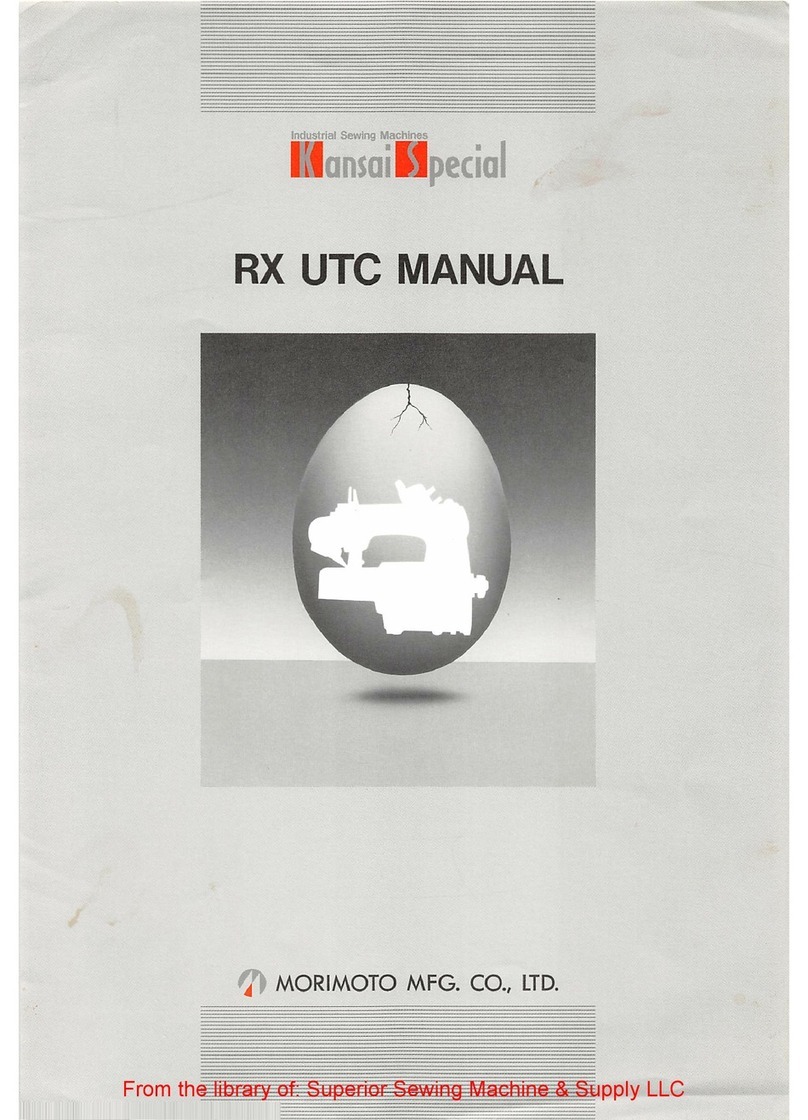
kansai
kansai RX UTC User manual
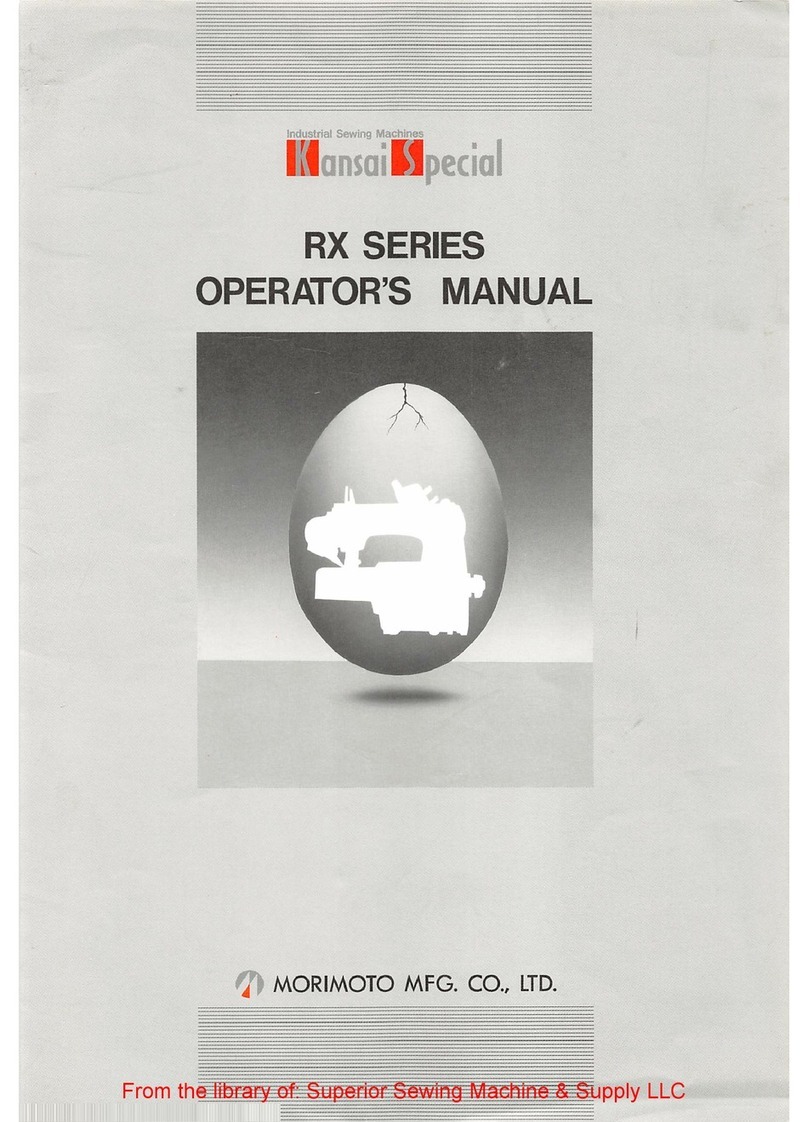
kansai
kansai RX Series User manual
